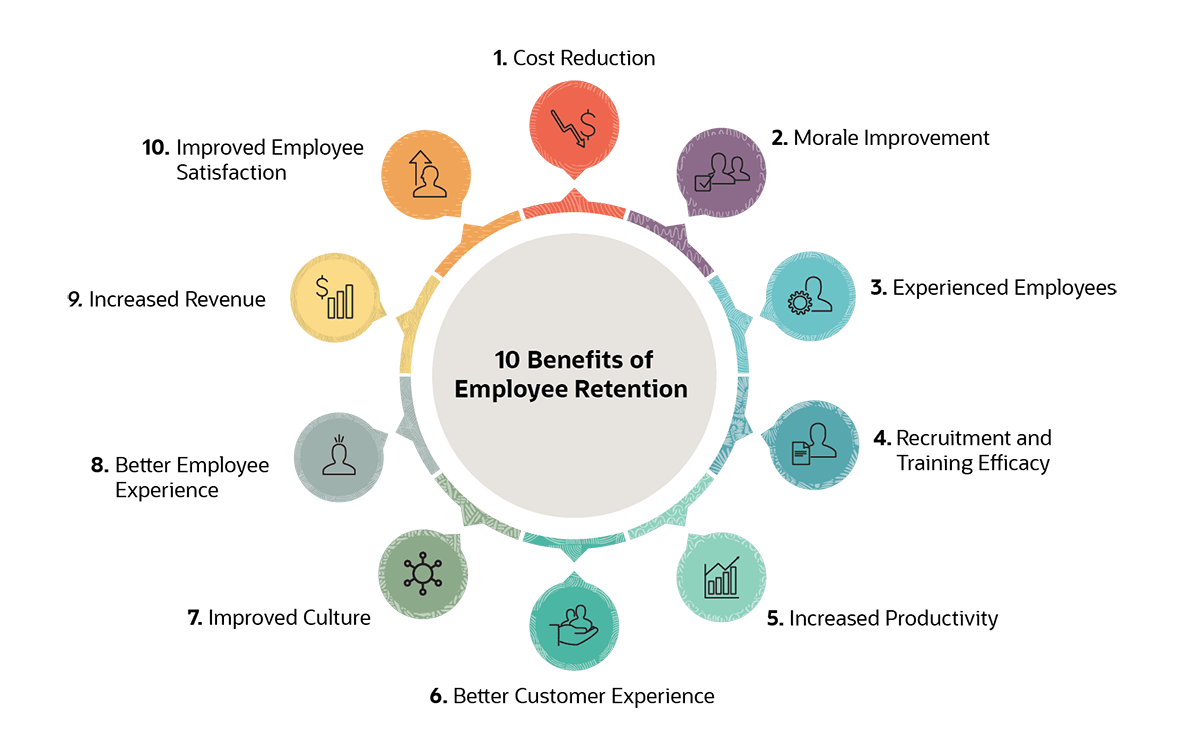Employee turnover costs can be a major burden for businesses of all sizes. It is one of the leading causes of business failure. According to a study by the Society for Human Resource Management, the average cost of replacing an employee is six to nine months’ salary. That’s a lot of money! In this blog post, we will discuss what employee turnover costs are, how they are calculated, and some retention strategies that can help reduce them.
Understanding Employee Turnover Costs
Employee turnover costs are the expenses associated with recruiting, hiring, and training new employees to replace those who have left the company. These costs can be significant, as they include not only the direct costs of advertising, interviewing, and onboarding new hires, but also the indirect costs of lost productivity and decreased morale.
How Employee Turnover Cost Is Calculated

To calculate the cost of employee turnover, businesses need to consider both the direct and indirect costs associated with losing and replacing employees.
- Direct costs include things like advertising, interviewing, and onboarding new hires,
- While indirect costs can include lost productivity and decreased morale.
The formula for calculating the cost of employee turnover is:

(Number of Employees x Average Salary) + (Training Costs x Number of New Employees) + (Indirect Costs)
Top Reasons Behind High Employee Turnover Costs

There are many reasons why employees may choose to leave a company, but some of the most common include:
- Poor working conditions
- Unhappy with company culture
- Dissatisfaction with salary or benefits
- Lack of opportunity for advancement
Reducing Employee Turnover Costs Via Employee Retention Strategies

One of the best ways to reduce employee turnover costs is to implement an employee retention strategy. A successful retention strategy will keep your employees happy and engaged, and help you retain your best talent.
There are many different retention strategies that businesses can use, but some of the most successful include:
Successful Employee Retention Strategies For Small Businesses
Small businesses often have a hard time retaining employees due to their limited resources. However, some retention strategies can be particularly effective for small businesses, such as:
- Fostering a strong company culture: Creating a positive and supportive work environment is one of the best ways to keep your employees happy and engaged. As part of your retention strategy, be sure to focus on creating a company culture that values employee satisfaction and development.
- Creating a positive work environment: A positive work environment is one of the most important factors in employee retention. If your employees feel valued and appreciated, they are more likely to stay with your company. Thus, it is important to create a work environment that is positive and supportive.
- Promoting open communication: Employees should feel like they can openly share their thoughts and concerns with management. This will help create a more trusting and productive workplace. In addition, it will help identify problems at the very onset, which can then be addressed quickly and effectively.
Successful Employee Retention Strategies For Large Businesses
Large businesses often have more resources to invest in employee retention, but they also face unique challenges. However, some of the most successful retention strategies for large businesses include:
- Offering competitive salaries and benefits: Offering competitive salaries and benefits: Compensation is one of the most important factors in employee satisfaction. To retain your best talent, be sure to offer salaries and benefits that are competitive with other businesses in your industry.
- Providing opportunities for development and growth: Employees who feel like they are stuck in a dead-end job are more likely to leave. As such, businesses should offer opportunities for employees to learn new skills and take on new challenges.
- Investing in employee assistance programs (EAP) like Mantra Care EAP: Employee assistance programs like Mantra Care EAP can help reduce employee turnover by providing support and resources to employees who are struggling with personal or professional issues.
A Word From MantraCare Wellness
Employee wellness programs are the key to improving employee motivation, productivity, and retention. At MantraCare Wellness, we have a team of health experts, counselors, and coaches who serve corporate employees with 10+ wellbeing programs including EAP, Employee Diabetes Reversal, Corporate MSK, PCOS, Employee Fitness, Corporate Yoga, Employee meditation, and Employee Smoking Cessation.


